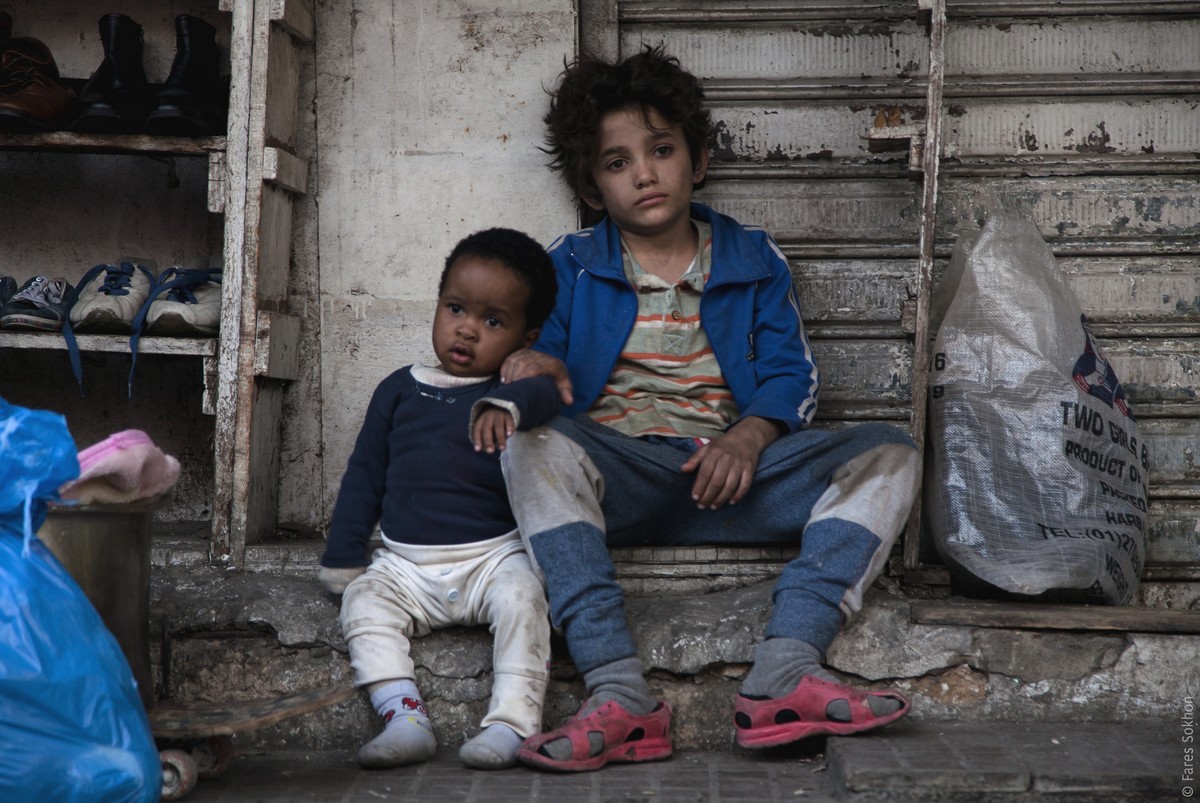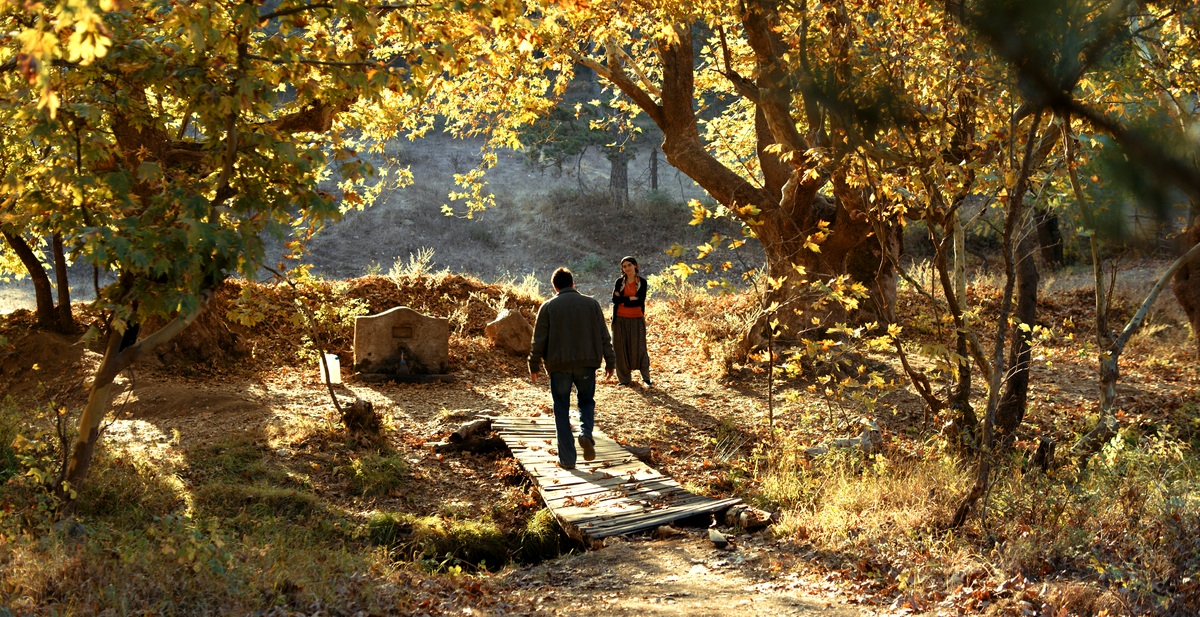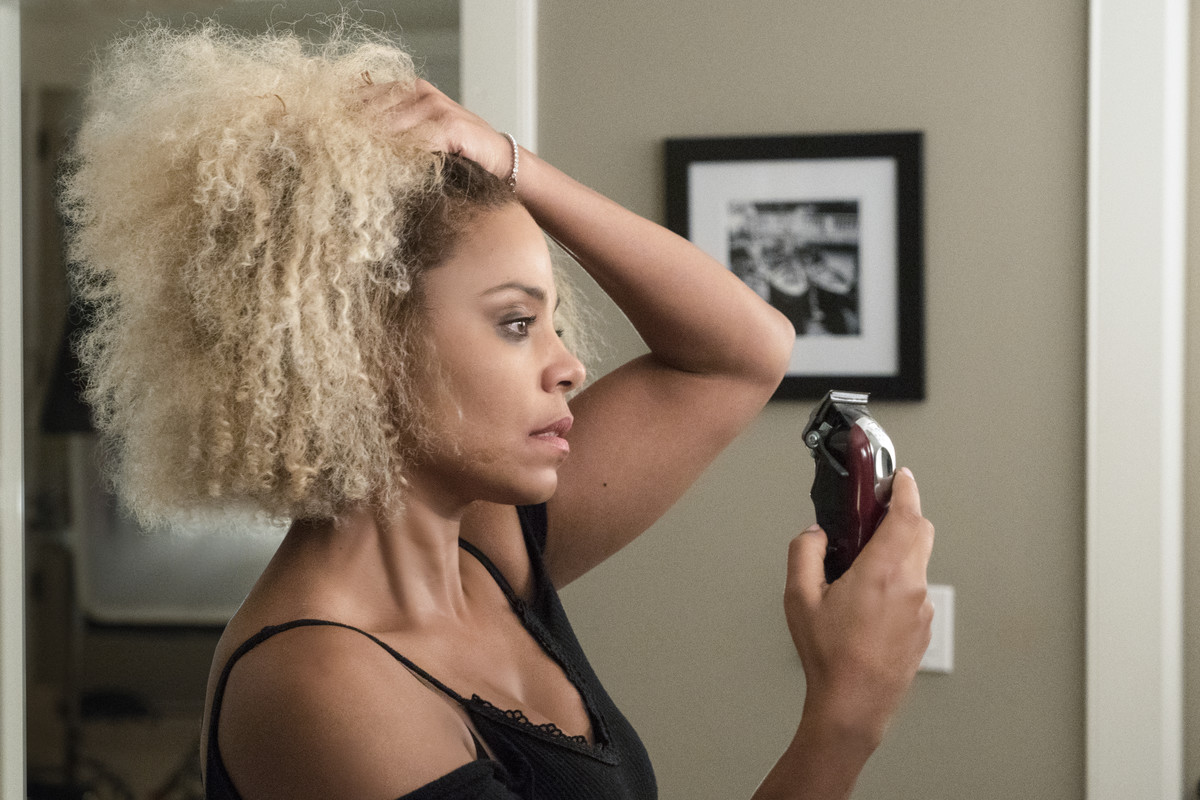DUBAI: William Mullally highlights the year’s top movies from Middle Eastern filmmakers
Yommedine
A.B. Shawky (Egypt)
The film critic Roger Ebert once said that what he loved about films is that they are empathy machines — tools to bring us into the lives of people we would otherwise never meet, feel their feelings along with them, and grow to care about them deeply. Because of that, the best characters of modern cinema, more than a hundred years since the birth of global film, are the ones that we have never met before.
Egyptian director A.B. Shawky met Rady Gamal, “Yommedine”’s leading man, while shooting a short film in 2009 about a leper colony in Egypt. It was in that colony that Shawky auditioned Gamal to be an an actor as well, to star as a character much like himself in this, Shawky’s first feature film, which tells the story of a leper and a young orphan who travel across Egypt in search of their living relatives.
There is so much heart in “Yommedine,” and most of that comes from Gamal, and the way the camera follows his journey with love and care. The film is not grandly ambitious — it doesn’t try to tackle all of society’s woes — but nor does it have to be. It points our gaze toward someone worth getting to know and from whom we would normally look away, and is affecting from its first moment to its last.

Capernaum
Nadine Labaki (Lebanon)
Nadine Labaki, from her first moments in front of and behind the camera, was always a star. Her first film, “Caramel” (2007), which followed five women and their struggles in Beirut with a civil war raging in the background, remains beloved and regularly cited more than 10 years after its release. Her sophomore movie, 2011’s “Where Do We Go Now?” captured religious tensions in a small town in Lebanon with wit and grace. Her light touch and keen eye has made her one of the region’s most acclaimed filmmakers, and her films’ accessibility have made Arab cinema reach new eyes.
With “Capernaum,” she has taken her biggest leap forward yet, looking at Lebanon’s deep poverty problems through the eyes of a 12-year-old boy who decides to sue his parents for the crime of bringing him into a broken world. It is no wonder the film has seen so much immediate acclaim; although it is grand enough to comment on Lebanon’s society as a whole, it works best when it is at its most intimate, with some exchanges feeling more like a documentary — a stark departure from the more stylized films that Labaki has made in the past.

The Wild Pear Tree
Nuri Bilge Ceylan (Turkey)
Coming home, as much as we may dream about that day, is rarely easy, or exactly what we imagined it to be. In “Wild Pear Tree,” a young man with ambitions of being a writer returns to his small town in Turkey, the place that he wishes to immortalize in his first novel, and finds that the transition back is more challenging than he might have expected. In fact, perhaps his time abroad, though it allowed him to grow fond of the place that he left behind, may have changed him enough so that he may not really like the place that he supposedly loves so much, when it comes down to it.
Director Nuri Bilge Ceylan, who won the Cannes Palme d’Or for 2014’s “Winter Sleep,” returns here with another long film that is in many ways richer; a film that has both startling images and a touch of humor, and although it may not have gotten the same response as “Winter Sleep,” it has established Ceylan as one of the Middle Eastern cinema’s most singular voices, and introduced a story about coming home to which many from across the region can surely relate.

Nappily Ever After
Haifaa Al-Mansour (Saudi Arabia)
Haifaa Al-Mansour is known for pushing barriers. Her 2012 film “Wadjda” was the first feature filmed entirely in Saudi Arabia, and brought Saudi women, and the struggles that they overcome, to the forefront. But though Saudi women have continued to break ground in the film’s wake, Al-Mansour has, since the film was made, ventured outside of the Kingdom, making films that make clear that women face adversity all over the world, and though each experience is not the same, they often rhyme.
With “Nappily Ever After,” a Netflix film based on the book of the same name, Al-Mansour turns her camera to the experience of black women in America, and the insidious ways that white beauty standards are internalized by non-white cultures. In it, a woman has been pressured her whole life to change her hair — to straighten it — as she has always been told that her natural hair is ugly and only straight hair is beautiful. When the protagonist courageously shaves her head, shedding the expectations that have weighed her down her whole life, she is finally able to discover herself.
Arab women go through the same issues — Al-Mansour herself admitted to me earlier this year that she faced pressures to straighten her hair from her peers growing up in Saudi Arabia. In highlighting a very specific issue in another culture, Al-Mansour has managed to find a direct link to her own culture — strengthening the links between women across the world.

Shabab Sheyab
Yasir Al-Yasiri (UAE)
The title of Yasir Al-Yasiri’s latest film translates as ‘On Borrowed Time’ and says a lot about how its characters see themselves. For these four old men from various Arab countries residing in an assisted-living facility in Dubai — played by Kuwaiti actor Saad Al-Faraj, Syrian actor Salloum Haddad and the UAE’s Mansoor Al-Feeli and Marei Al-Halian — there is an assumption that their stories are already over. What a wonderful surprise, then, when one of the men inherits AED 50 million, allowing the four friends a second chance at an adventure.
Though the film may not match the zany antics of some Hollywood equivalents such as “Going in Style,” “Last Vegas” or “The Old Man and the Gun” — there are no bank robberies or escapes to another world — there is a warmth and optimism here that captures a different side of the UAE than we have seen onscreen before. “Shabab Sheyab” is not as hard-hitting as some of the year’s best dramas, but as a comedy it shows yet another aspect of life in the Gulf. Stories are only over, or not worth telling, when we decide they are not. What a joy it is to discover that with these four men, who are guaranteed to put a smile on your face.












